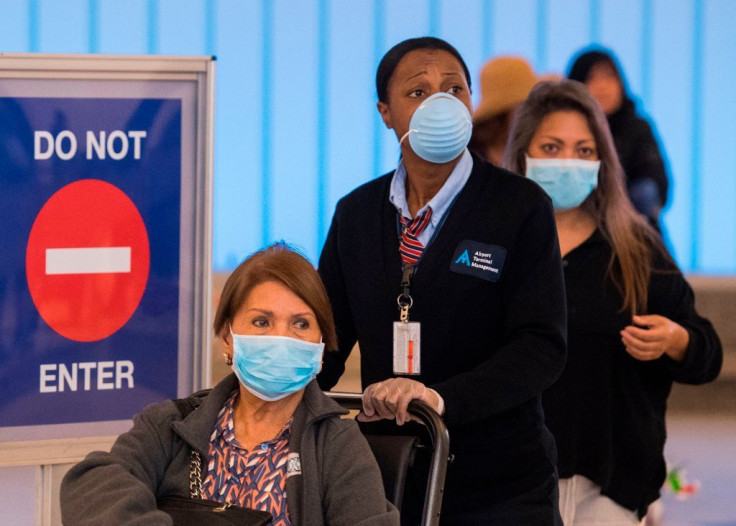The novel coronavirus officially arrived in Latin America when Brazil confirmed its first case on February 26. Here are the latest developments in the region as well as the potential economic toll the virus might have.
Brazil
On February 26, 2020, Brazil confirmed its first case of novel coronavirus infection, which also marked the virus’ entry in Latin America. The victim is a 61-year-old male from Sao Paulo who came from a business trip to Italy.
Brazilian scientists acted fast as the finished sequencing the virus’ genome merely two days after the infection was confirmed, which enabled them to obtain information on the virus’ origin. LATAM Airlines, Latin America’s largest airline, suspended its flights between Milan and Sao Paulo on March 2.
When the first coronavirus case was confirmed, the nation’s stock market declined by 7 percent while its currency, the real, fell against the dollar, a record low since its creation in 1994. Goldman Sachs reduced Brazil’s growth forecast for this year from 2 to 1.5 percent.
Mexico
On February 28, Mexico confirmed its first coronavirus case, a 35-year-old man who came from Bergamo, Italy. The next two cases are students who studied in Milan. Mexican President Andrés Manuel López Obrador announced daily updates from the government, which cover the number of confirmed as well as suspected cases.
The peso fell against the dollar when Mexico’s first case was confirmed, its worst since Trump won in 2016. However, the currency started to inch back up on March 2.
Ecuador
Ecuador confirmed its first coronavirus case on February 29, a 70-year-old woman who lives in Spain and went to Madrid on Valentine’s Day. She was hospitalized in Guayaquil but nine other persons who came into direct contact with her were also tested positive. A total of 120 people are being monitored for coming into direct contact with those who positive with the virus.
As a result, mass gatherings in Guayaquil and Babahoyo, places that were visited by the first confirmed patient, are prohibited. The prince of oil plunged to a low of $39.54 per barrel with the COVID-19’s arrival.
Dominican Republic
Dominican Republic confirmed its first case of the virus on March 1, a 62-year-old male Italian tourist. He did not show any signs of the virus at first when he arrived on February 22 but he was hospitalized on February 29 when the symptoms kicked in.
A day before the first case was confirmed, the country suspended all flights from Milan. All passengers coming from Italy, regardless of their nationalities, will be subjected to epidemiological testing upon arrival.
Argentina
The nation’s first case was confirmed on March 3, a 43-year-old man who returned to the country after a trip to Milan. The patient went to a Buenos Aires hospital for a checkup and is now quarantined.
Passengers who traveled on the same flight on his return trip to Argentina are now being investigated. However, the country did not yet impose a travel ban at the moment.
The outbreak in China has affected Argentina’s trade considering that 75 percent of its beef exports are for China. Volume dropped by 34.4 percent from December to January.
Chile
Chile only recently confirmed its first coronavirus case. On March 3, a 33-year-old man who previously traveled to Asia was confirmed to be infected. As a precaution, all passengers from high-risk locations are screen for the virus upon their arrival to the country.
The country’s finance minister projects that the virus outbreak will only have minimal impact on its economy. However, Citibank economists say that it is still vulnerable.

© 2025 Latin Times. All rights reserved. Do not reproduce without permission.



